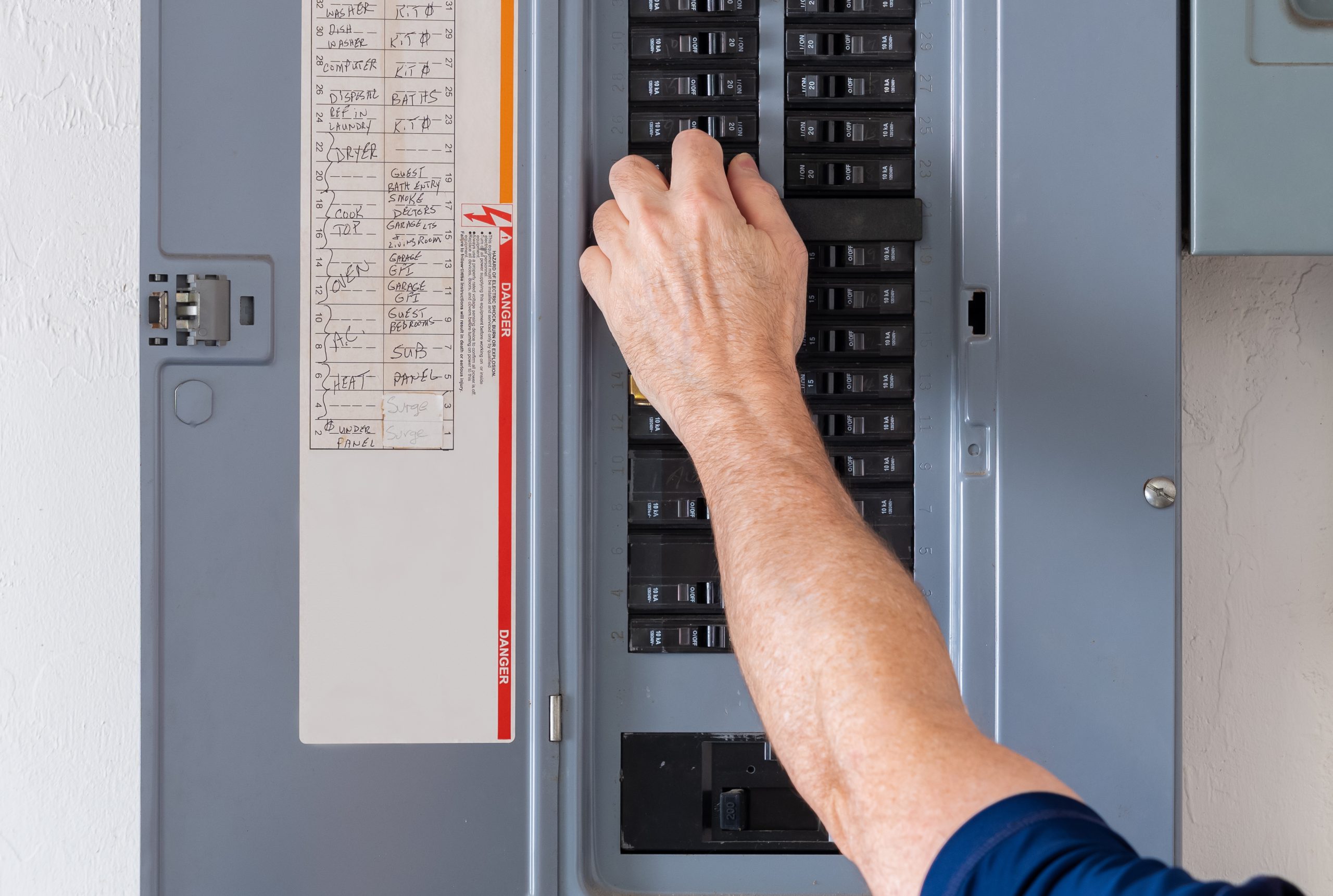When Should You Replace Your Electrical Panel?
By Kenny Jackson | Mar 23, 2011

If you have a Federal Pacific “Stab Lok” circuit breaker panel in your home you need to be aware of the frequent problems inherent with these panels. Even if you have been living in the same house for many years and have had no indication of trouble with your electrical system, there still could be a problem.
The purpose of your electrical panel in your home is to protect the wiring as well as your house and family, from the dangers of over-current. When overcurrent situations occur, the wiring heats up and any hot wires that are in contact with the dry wood structure of your house may start a fire. Circuit breakers are supposed to trip before this situation occurs, cutting the power to the wires. This prevents them from overheating and alerts you to a problem situation. Most of us think that as long as we can turn on the electricity to our home and no breakers trip or lights flicker, then everything is OK. Why not? There is no indication to the contrary.
One of the main problems with Federal Pacific Panels is that the breakers in these panels do not always trip when they’re supposed to. In 1982, the Consumer Product Safety Commission conducted extensive calibration and functional testing of Federal Pacific circuit breakers and found that a substantial percentage of the breakers tested failed to trip under overcurrent conditions (under some circumstances they failed to trip up to 65% of the time). In addition, there is a problem with the way the main electrical bus (specifically the connection point of the breaker to the electrical bus) is designed that can cause panel bus fires and arcing failures due to the “Stab Lok” feature of these panels. Federal Pacific stopped producing breaker panels in the early 80’s. Panels produced during that time were manufactured under less stringent requirements than electrical panels manufactured today. The chances that a breaker will not function properly increase in any panel with age. The tests mentioned above were actually performed on new Federal Pacific panels, and the failure rates were high. There is no information available on what the failure rates on a 20 or 30-year-old Federal Pacific panel would be.
In addition to Federal Pacific panels, there are other older electrical panels that have been reported to have problems with proper tripping and which experts recommend replacing. If you have an older electrical panel and have questions regarding its safety, give us a call. We’ll be glad to check it out.
